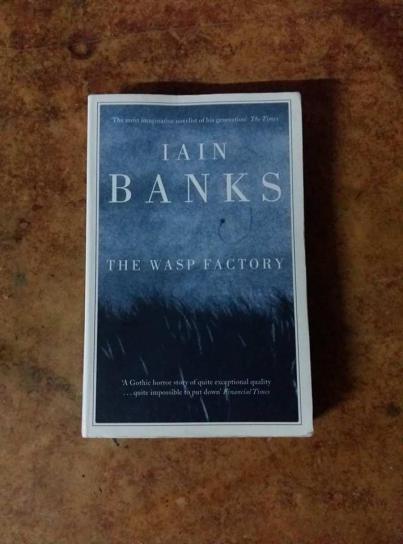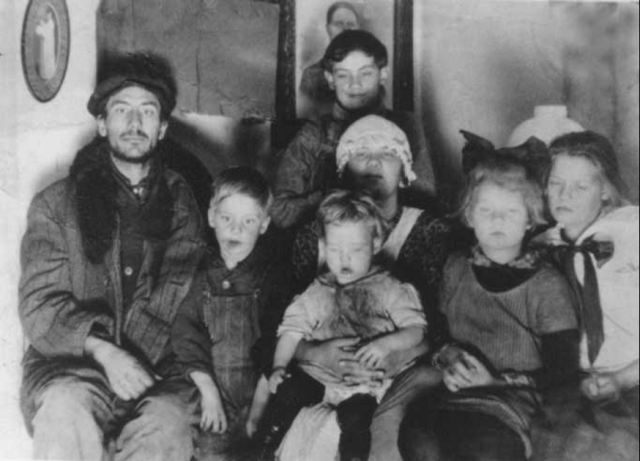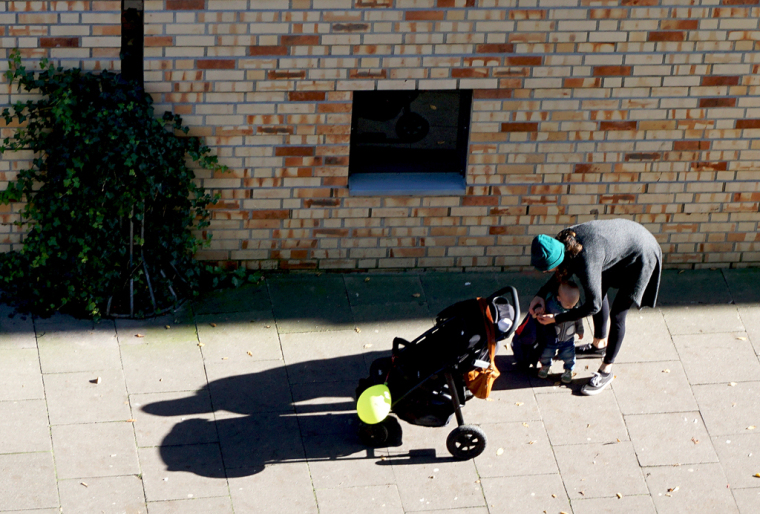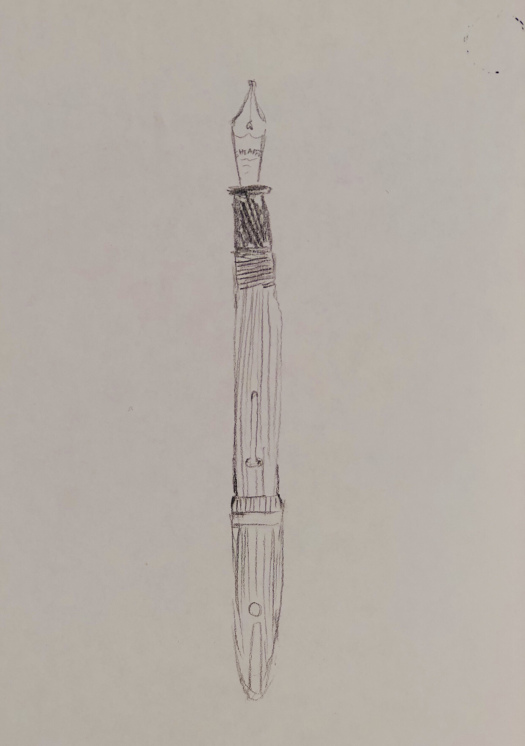
This is now my fifth Iain Banks ‘ masterpiece. Thanks to his The Crow Road ( 5 stars) , The Bridge ( 5 stars) , Whit ( 3 stars) ,and Dead Air ( 3 stars) for my burgeoning interest in reading his other works.
I have been aware of that this novel catapulted Iain Banks to fame upon its publication in 1984. It drew both brickbats and praise. It is full of idiosyncrasies, violence, and at the same time, was praised for Iain Banks’ ingenuity – his skill I have noticed in his other novels.
Inculcated in the this- novel-is-a-good-read hype, I have understood now why it has received strong criticism. The novel is a like a manifesto on how a YOUNG psychopath’s mind works. It describes the typical life of a young psychopath – the etiologies of his mental condition such as the factors that have shaped him, his emotions like how he fakes sympathy with his victims, handling his frustrating situations, his viewpoints of his surroundings, the typical routines he does to enjoy his life like killing animals in cold blood which he finds pleasurable, and the gruesome part is his plans to kill the people he hates. Therefore, the novel is replete with violence and eccentricities – the details my mind could no longer grasp to paint their pictures and my stomach stand to puke. As a matter of fact, it has been ridiculously considered as one of the banned books young adults should not read. However, it raises awareness about how ( young ) psychopaths behave behind the people they get along with.
In the first place, I have observed that I.M Banks bore a hallmark of writing a novel produced by his literary experiment. I even mentioned one time in my review of his Whit that Banks was a typical writer who kept on brainstorming out-of-this-world ideas until they turned out to be out-of-the-universe. Consequently, he came up with stories that others might find silly and inconceivable but stunning when you finish it and realize that his ideas are imminent in the future or in real life. So, I am really amazed at how I.M Banks was able to visualize or conceive such things beyond our imagination. For example, how did he know the psychology of psychopaths? Of course, writing a novel demands a lot of research, but in doing so is not that easy at all. That’s why I am now convinced that a prestigious magazine heralded him as one of the best imaginary writers in his generation.
The novel is even tricky , unpredictable, and manipulating. It is like the young psychopath made me a gullible reader ( I think it really happens to everybody.) I had predicted what the next scenarios would happen since the identity of the main character was revealed in the beginning. However, as the story dragged on , I came to understand , but not that surprisingly, that the main character’s identity and the ending turned out to be completely different. It was not that the last chapters would describe how the young killer would kill his father or brother, the maid, or even his most intimate friend. It was not that he would end up in an asylum. It was not that he would kill whoever found out his macabre skeleton in the closet. Instead, it was late when I reckoned that the ending was not a cliffhanger , nor would it leave me in the air thinking of what would become of the young psychopath. Thus, I would say that Iain M Banks is the real psychopath here; I have fallen into his snare again. Fie on him! (laughs)
This novel reminded me of Anne E. Schwartz’s book on American psychopath Jeffrey Dahmer: The Man Who Could Not Kill Enough. The book is such a comprehensive account that it scared the pants off me. Both of the books imply the same patterns and etiologies of having a psychopathic personality. Gee!
There are still some Banks’ works I am now excited to read more, for it seems that Banks could write different genres. All told, before he died in 2013, he had written 29 fictions and 2 non-fictions. So, I hope ( crossing fingers ) to check them out next year before I become a Banksian.






